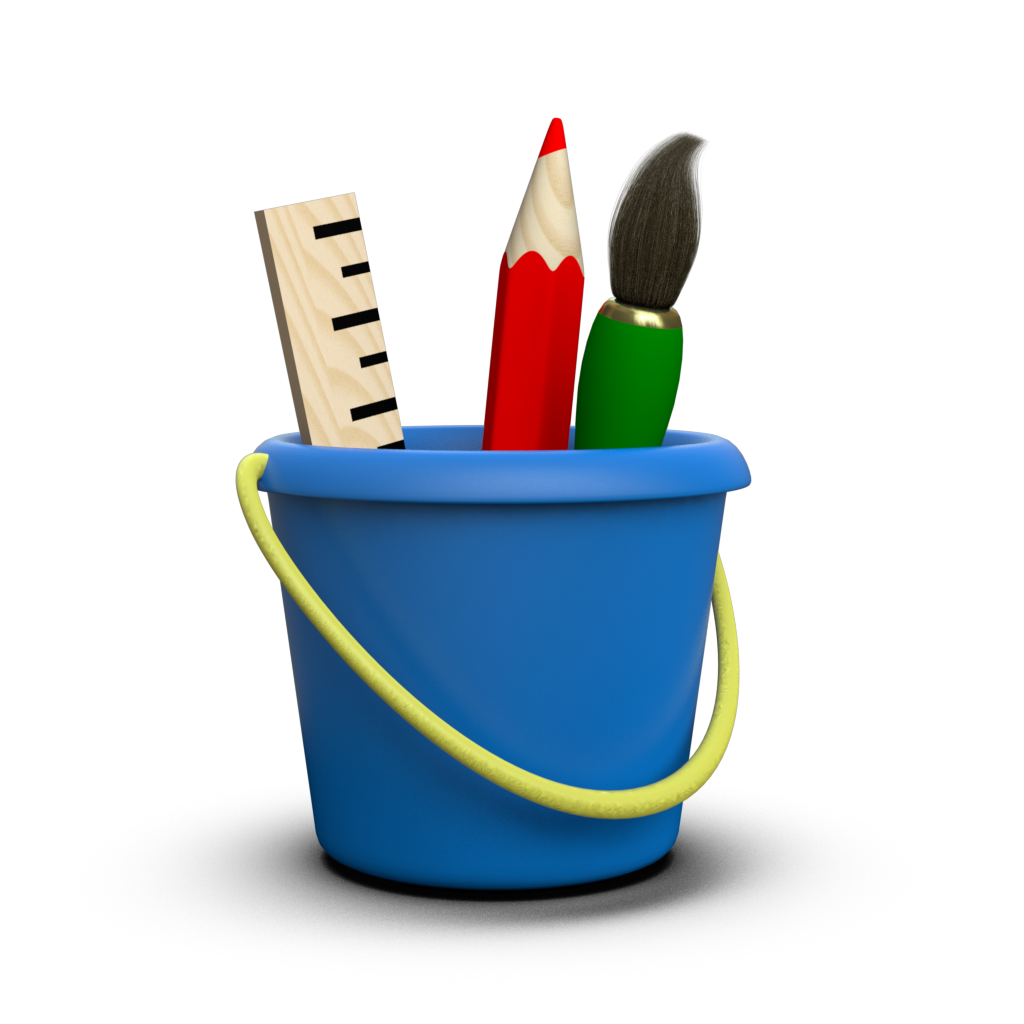Rendering¶
Of course, any plotting library needs a way to render figures for display, and Toyplot is no exception. To integrate Toyplot into your workflow as easily as possible, we provide three different rendering mechanisms:
Backends¶
At the lowest level, Toyplot provides a large collection of rendering
backends. Each backend knows how to render a Toyplot canvas to a
specific file format, and can typically render the canvas directly to
disk, to a buffer you provide, or return the raw representation of the
canvas for further processing. You choose a backend that provides the
file format you want to generate, and use it to explicitly render your
canvas. For example, you could use the toyplot.pdf backend to
save a figure as a vector PDF image on disk:
import toyplot.pdf
toyplot.pdf.render(canvas, "figure1.pdf")
Similarly, you could substitute the toyplot.png backend to save
a PNG bitmap image:
import toyplot.png
toyplot.png.render(canvas, "figure1.png")
You could do the same with the toyplot.svg backend, but suppose
you wanted to add a custom CSS class to the SVG markup for inclusion in
a publishing workflow. To accomodate this, the SVG backend can return a
DOM for further editing, instead of saving it directly to disk:
import toyplot.svg
svg = toyplot.svg.render(canvas)
svg.attrib["class"] = "MyCustomClass"
import xml.etree.ElementTree as xml
with open("figure1.svg", "wb") as file:
file.write(xml.tostring(svg))
Finally, there is Toyplot’s most important backend,
toyplot.html which produces the preferred interactive HTML
representation of a canvas. Like the other backends, you can use it to
write directly to disk, or return a DOM object for editing as-needed:
import toyplot.html
toyplot.html.render(canvas, "figure1.html")
Note that the file produced by this backend is a completely self-contained HTML fragment that could be emailed directly to a colleague, inserted into a larger HTML document, etc.
Displays¶
While backends are useful when you wish to save a canvas to disk for
incorporation into a paper or some larger workflow, in many cases you
may find yourself simply wanting to display the results of some
computation. Writing files to disk and opening them in a separate
application can be time-consuming and frustrating, particularly when
running a script repeatedly during development. For this case, Toyplot
provides display modules, which provide convenient ways to display
figures interactively. The most portable of these modules is
toyplot.browser:
import toyplot.browser
toyplot.browser.show(canvas)
This will open a new browser window containing your figure, with all of Toyplot’s interaction and features intact.
Autorendering¶
For interactive environments such as Jupyter, Toyplot’s autorender feature automatically renders a canvas into a notebook cell using Toyplot’s preferred interactive HTML representation. We use autorendering with few exceptions throughout this documentation … for example, executing the following automatically inserts a figure into a Jupyter notebook:
import numpy
x = numpy.linspace(0, 1)
y = x ** 2
import toyplot
canvas = toyplot.Canvas(width=300)
canvas.cartesian().plot(x, y);
Note that no special import statements, magics, backends, or configuration is required - Toyplot Just Works. In this case, autorendering is enabled by default when you create a new canvas. Toyplot knows that it’s being run in the Jupyter notebook environment, and when you execute a notebook cell that contains a canvas with autorendering enabled, it inserts the rendered canvas in the cell output. Note that this is not the same as Jupyter’s rich output system - a Toyplot canvas doesn’t have to be the result of an expression to be rendered, and you can create multiple Toyplot canvases in a single notebook cell (handy when producing multiple figures in a loop), and they will all be rendered.
Autorendering for a canvas is automatically disabled if you pass it to a rendering backend or a display. So while the above example automatically rendered the canvas into a notebook cell, the following will not:
canvas = toyplot.Canvas(width=300)
canvas.axes().plot(x, y)
toyplot.pdf.render(canvas, "figure2.pdf")
In some circumstances you may want to disable autorendering yourself, which you can do when the canvas is created:
canvas = toyplot.Canvas(width=300, autorender=False)
canvas.cartesian().plot(x, y);
